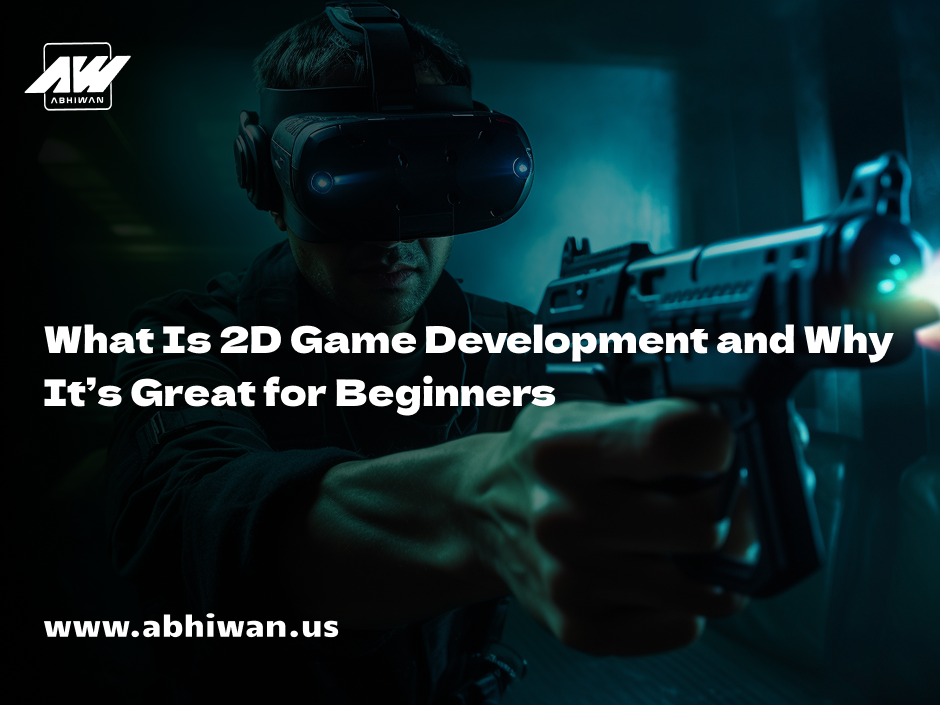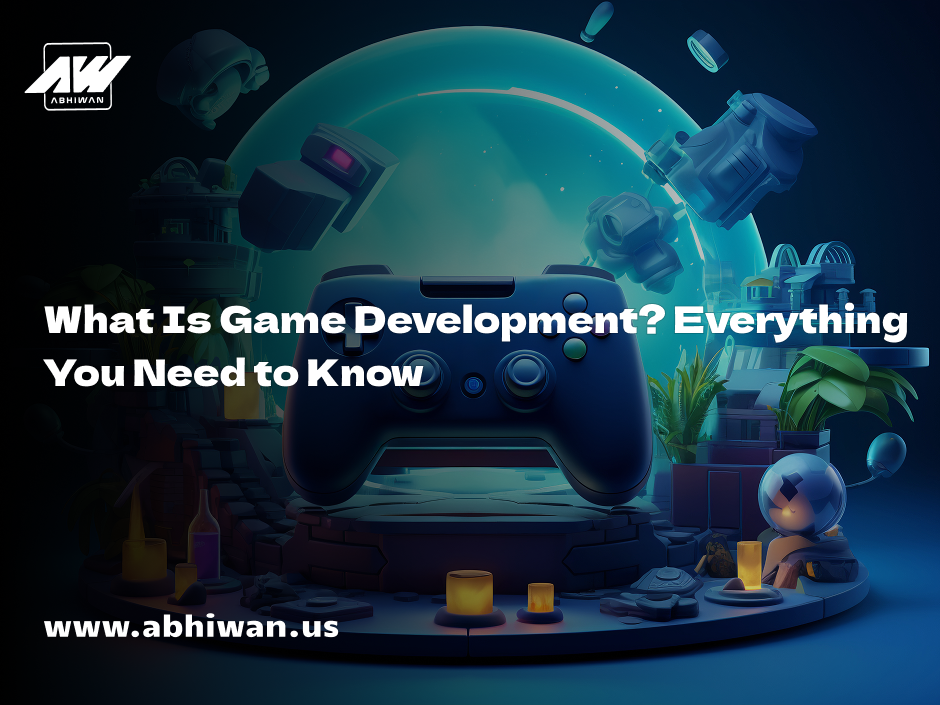
3d game development essential information you must know
A game nowadays should not limit itself to just fun gameplay but should present players with captivating visuals, user-friendly controls, and an environment they can get truly lost in. These expectations translate into an even greater pressure for studios and businesses to deliver high-quality games. But it’s not just about having an interesting concept. You have to have great processes, great tools, and a great plan behind it to make a game people want to actually play. In this guide, we’ll keep it simple. You’ll learn the basics of how 3D Game Development works, why visuals matter, how to choose the right technology, and how to keep players coming back. We’ll also share examples that prove quality pays off. Let’s explore how you can start building your own 3D game and make it a success.
Why 3D Game Development Matters
The third dimension gives a layer of aura realism that the second dimension cannot. They let the novelists guide their players through lifelike worlds where they view several detailed objects and feel part of the story. This experience enables a longer engagement time, which is quite handy if your goal is to build a loyal base.
From a business point of view, 3D games develop revenue by increasing downloads, improving player retention rates, and providing more chances to monetize, such as paid in-game purchases or premium upgrades.
Step 1 Focus on Game Art Development
The first thing players notice is how your game looks. This is where art creation for games comes in. It is not merely about decorating anything. It is about style choice that matches a feeling or the storyline of the game itself.
Many times, studios reach out to a game art company to create intriguing characters, environments, and effects. Artists create 3D models that are on the more realistic side but still run smoothly on all devices via Blender, Maya, or ZBrush. Art is very important; good art
Step 2: Use Game Art Services
Before you start building the game, you need a plan. Game concept art services help bring your ideas to life on paper or a digital canvas before you spend time coding. This step makes sure the team knows exactly what the final game should look like.
Concept art will, for the sake of consistency, show the design of castles, weapons, and landscapes in the case of a medieval adventure game. Later on, this avoids confusion and saves time and money.
Step 3: Pick the Right Technology
Now, once the look is ready, it gets down to making the visuals into a playable game. For which choosing the right engine is most important. Two are popular; one is Unity and the other is Unreal. They provide a lot of tools such as live rendering, realistic physics, and multiplayer gameplay.
Choosing depends on your actual needs. Performance and optimization mean the most for mobile games. On the other hand, for PC or console, focus on advanced graphics and complex features. Another reason is that your game is safer and scalable with a good engine, meaning that it grows to support more players over a period.
Step 4: Test and Improve
Even the premier game might not work perfectly if it cannot run smoothly. That is why testing is very important, and your game should be installed on multiple devices to ensure it loads, is responsive to control, and does not crash.
Optimization could be reducing extra details, compressing textures, and cleaning up the code, among others. Analytics could tell you where gamers spend the most time and where they leave, so you can apply that knowledge for smart updates.
Step 5: Keep Players Engaged After Launch
The release of a game has always been merely the start. Regular updates, new challenges, and special events are expected from the players. Bringing back the players by means of adding new levels, seasonal content, or a visual update. Listening to your community is really important. Feedback will allow you to promptly address the issues and improve the gameplay. Post-launch analytics will be able to say what works well, so that time can be spent on improving popular features. With this ongoing support, your game becomes a long-term success
How to Start 3D Game Development?
Development of a 3D game starts with defining the working plan. The first thing to decide is what kind of game is to be made, and who will be playing it. Then, an estimation of the project cost and duration should be made. Concept art is to be created and used in assisting design, and if necessary, the game company should be contacted. One should select an engine that offers features befitting your aim and try starting with a very small prototype to test some ideas. Innovative thinking about the player is to be carried along from the design stage to feedback gathering, so that you can alter your product accordingly. Alongside doing this, you build a crowd that would be willing to try your game once finished.
Is Python Good for 3D Game Development?
Python may be utilized for the development of 3D games, although it is not really suitable for big and complicated games. It is suitable for beginners or small projects. Such libraries as Panda3D and Pygame offer 3D options, but they might not be as fast or provide as many tools as engines like Unity or Unreal Engine. Python can be used for writing tools, automating operations, or undertaking minor game assignments. If you are at an entry level, Python is a good language to learn while preparing for performance-oriented languages like C# or C++ for bigger, more demanding game projects.
Conclusion
3D game creation is an intersperse of creativity, technology, and planning. From the development of game art to game concept art services, every step customizes the player's experience. Working with a game art company with a vision could help you create stunning visuals with gameplay so smooth that it's an absolute pleasure for players. For companies, 3D games are an emerging new horizon to expand upon. If the production pipeline is set correctly, you are sure to automate a few things during production; thus, your game project stays secure, scalable, and worth remembering for any player. May it be learning about getting started in 3D game development or actively working on your next title, quality is all; testing is key, and player feedback is gold. At Abhiwan Technology, we help you solve these challenges so your game can reach its full potential.


